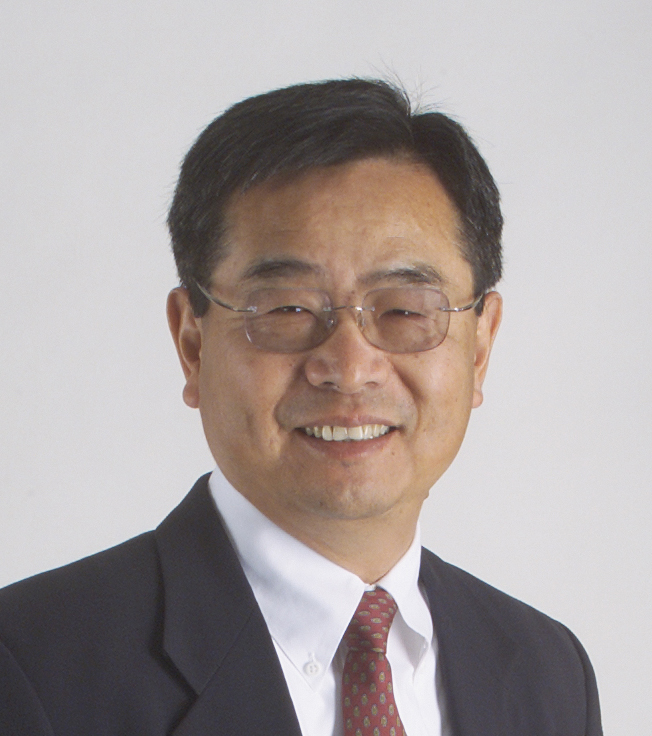CONFERENCE
2016 Tutorials
- Design for Manufacturability - Is it Time for a Paradigm Shift? Fred C. Lee
-

Fred C. LeeAbstract
For more than four decades, quality, reliability and cost have been the central issues for switch-mode power supplies products. Now this industry sector has reached a level of maturity at which high quality and reliability are considered to be a given, and cost remains the central issue. In terms of performance, great emphasis has been placed on efficiency and power density. This change has led to a convergence of converter topologies from a rather large pool to a limited number of choices. While the topologies are increasingly standardized, it is only natural that a higher level of integration will follow. In fact, greater integration has already taken place in the area of point-of-load solutions with the proliferation of DrMOS modules. Without a doubt, this trend of increased integration will continue to permeate throughout the entire power conversion process.
The recent advancement of wide-band-gap devices makes it possible for a dramatic increase in switching frequency, accompanied by a greater than 10-fold improvement in power density. Furthermore, examples of integrated magnetics with windings embedded into the PCB have been successfully demonstrated at various power levels, where bulky electrolytic capacitors are replaced with ceramic capacitors.
To date, the manufacture of power supplies has been labor intensive, with as much as 40% of the components still inserted manually. It is envisioned that the construction of these products can be fully automated. This time has arrived, and it should start with the mind-set of "design for manufacturability." - EMI Reduction with Active EMI Filters for Power Electronics Systems Shuo Wang
-

Shuo WangAbstract
Modern power electronics systems demand high power density, low weight and low cost EMI filters. Conventional passive filters composed of big inductors and capacitors are bulky, heavy and expensive. Active EMI filters are used to reduce low frequency EMI so the passive EMI filters will only need to reduce high frequency EMI. As a result, the size, weight and cost of passive EMI filters can be greatly reduced.
The design of active EMI filters is challenging because they may interact with the passive EMI filters or the power electronics systems. This tutorial will address the analysis and design of the active EMI filters in power electronics systems. It includes active filter theory, circuit design, model development, stability analysis and control design. The active EMI filters will be addressed based on different applications, such as DC/DC converters and AC/DC converters. The design challenges will be identified and solutions will be proposed.






















































































